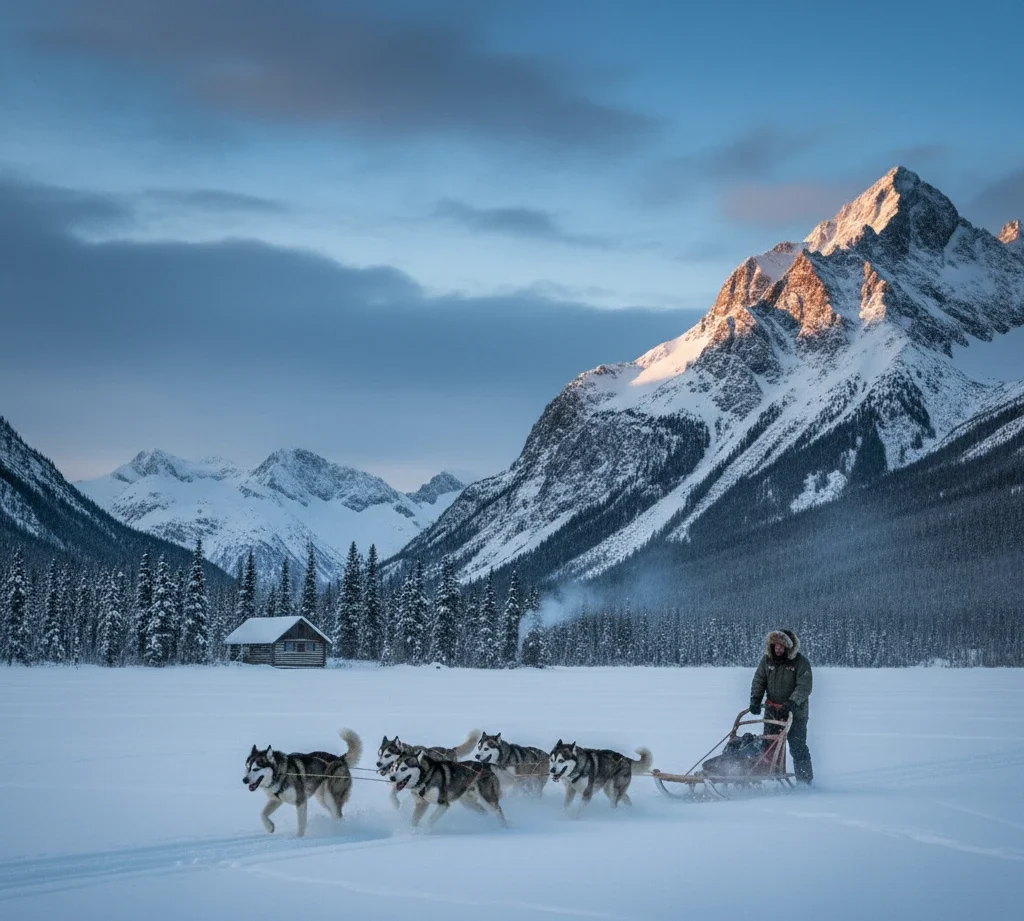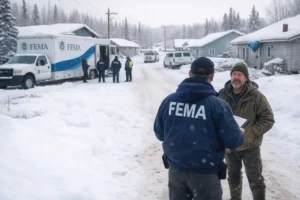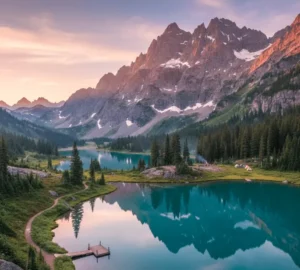If you live in Alaska, you already know that winter here isn’t just a season, it’s a lifestyle. The cold months test your body, your mood, and even your motivation to get out of bed. When the sun barely rises, the roads freeze over, and the temperature dips below zero, it can be hard to keep your energy up.
But the truth is, you can thrive in Alaska’s winter once you understand how to take care of yourself, from what you eat and how you move to how you protect your mind from the long darkness. I’ve gathered some simple, realistic ways that can help you stay healthy, warm, and mentally strong all season long.
🌤️ Understanding the Alaskan Winter Struggle
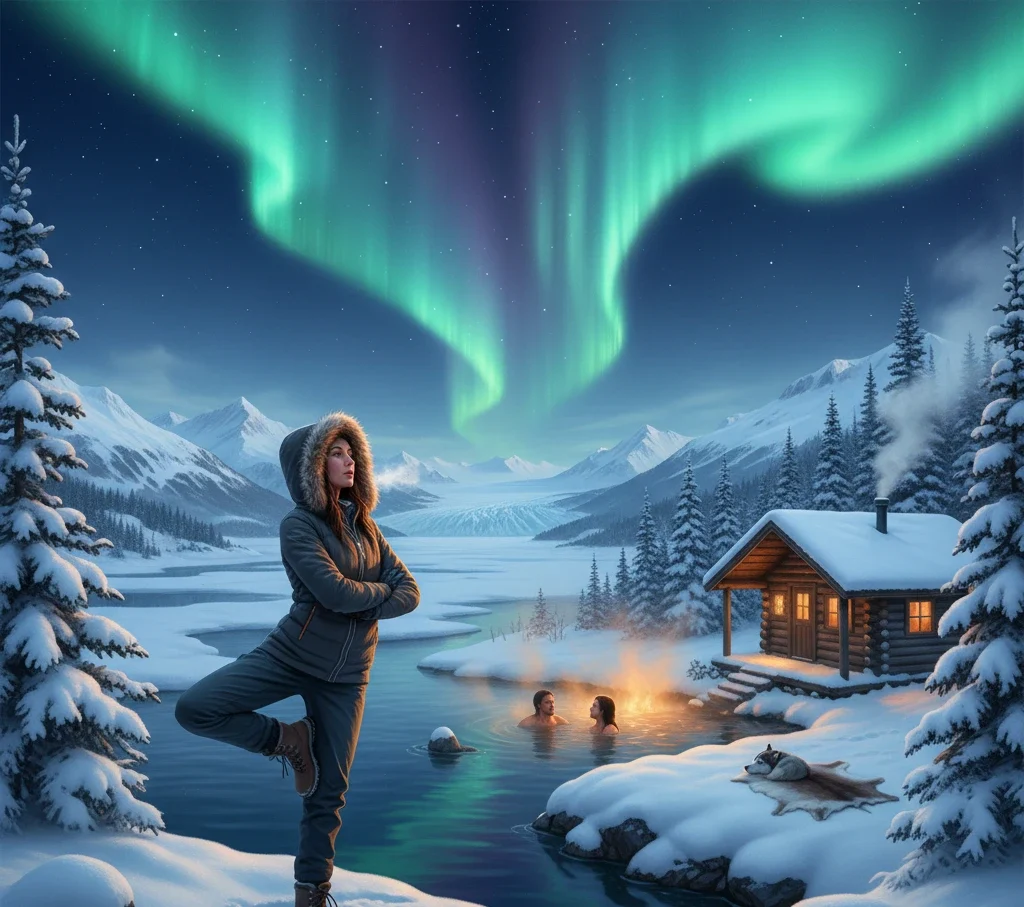
Let’s be honest: Alaska’s winters can be tough. In some towns like Utqiaġvik, daylight lasts less than 4 hours a day, while Fairbanks residents often wake up to –20°F mornings. With so little sunlight, your body produces less vitamin D, the “sunshine vitamin” that boosts your immune system and mood.
I’ve noticed that even the most energetic people start to feel sluggish or sad around December. And it’s not just you, according to the University of Alaska Fairbanks Health Research Center, nearly 18% of Alaskans experience seasonal affective disorder (SAD) each winter. The key is to prepare early and take care of both your body and your mind.
💡 Nourish Yourself With Vitamin D and Local Foods
When sunlight disappears, your diet becomes your best source of strength.
You can’t rely on sun exposure alone to meet your vitamin D needs, so I always try to include foods that are rich in nutrients and easy to find in Alaska.
Here’s a quick list of winter-friendly foods that can help you feel stronger and more energetic:
| Food | Why It Helps |
| Salmon & Halibut | Packed with vitamin D and omega-3s that boost mood |
| Reindeer Sausage | High in protein and iron |
| Eggs | Support brain and muscle function |
| Mushrooms | Strengthen your immune system |
| Cod Liver Oil | A traditional Alaskan supplement for vitamin D |
If you don’t get enough of these in your meals, talk to your doctor about adding 1,000–2,000 IU of vitamin D daily. You’ll be surprised how much better you feel once your energy levels start rising again.
🧘♀️ Move Your Body Even When It’s Freezing
You might not feel like working out when it’s dark and icy outside, but staying active is one of the best things you can do for winter wellness. Movement boosts circulation, keeps you warm, and helps fight off winter blues.
When I can’t get outside, I turn my living room into a mini-gym. You can too. Try these ideas:
- Stretch or do yoga for 15 minutes every morning.
- Follow online workout videos or dance routines.
- Join a local gym or recreation center; many offer winter discounts.
If you enjoy the outdoors, don’t let the cold stop you. Activities like cross-country skiing, snowshoeing, and fat-tire biking are perfect for Alaska’s terrain. Just remember to dress in layers, wear insulated gloves, and check the wind chill before heading out.
🌅 Light Therapy and Mental Health Care
The lack of sunlight affects more than your skin; it affects your mood, your sleep, and even how clearly you think. I struggled with this during my first Alaskan winter until I discovered light therapy lamps.
Using one for about 20–30 minutes each morning can make a noticeable difference in how alert and positive you feel. These lamps mimic daylight and help reset your internal clock.
But light alone isn’t enough; connection matters too. You can stay emotionally balanced by:
- Attending local winter events like the Anchorage Fur Rendezvous.
- Meeting friends for coffee or joining a book club.
- Volunteering in your community during the holidays.
And if you start to feel persistently down, don’t hesitate to reach out for help. The Alaska Careline (1-877-266-HELP) is free, confidential, and available 24 hours a day.
🧣 Dress Like a Pro Layer Up for Safety
The secret to surviving winter here isn’t bravery, it’s layers. If you’ve ever stepped outside unprepared, you already know how quickly frostbite can sneak up.
Here’s what I’ve learned works best:
- Base layer: Thermal or merino wool to keep moisture off your skin.
- Middle layer: Fleece or down for warmth.
- Outer layer: Waterproof shell to block wind and snow.
- Extras: Wool socks, insulated boots (rated to −40°F), gloves, and a neck gaiter.
It’s worth investing in quality gear that will last years and keep you safe in even the coldest months.
🍲 Keep Your Immune System Strong
Cold air and indoor heating can dehydrate you faster than you think. Try drinking at least 8 cups of water a day, even if you’re not thirsty. Herbal teas, especially ginger, mint, and chamomile, keep you hydrated and warm at the same time.
Boost your immunity with foods high in vitamin C and zinc, like oranges, cranberries, and bell peppers. I also keep chicken soup and bone broth ready. They’re comforting, hydrating, and great for fighting off winter colds.
💤 Don’t Underestimate the Power of Sleep
Winter’s darkness can easily throw off your sleep schedule. You might stay up late watching TV or sleep in longer than usual, but your body thrives on consistency.
Try going to bed and waking up at the same time every day, even on weekends.
A few tricks that help me:
- Limit screen time an hour before bed.
- Read or journal under soft light.
- Keep your room cool but cozy.
You’ll wake up feeling more rested and better equipped to face those frosty mornings.
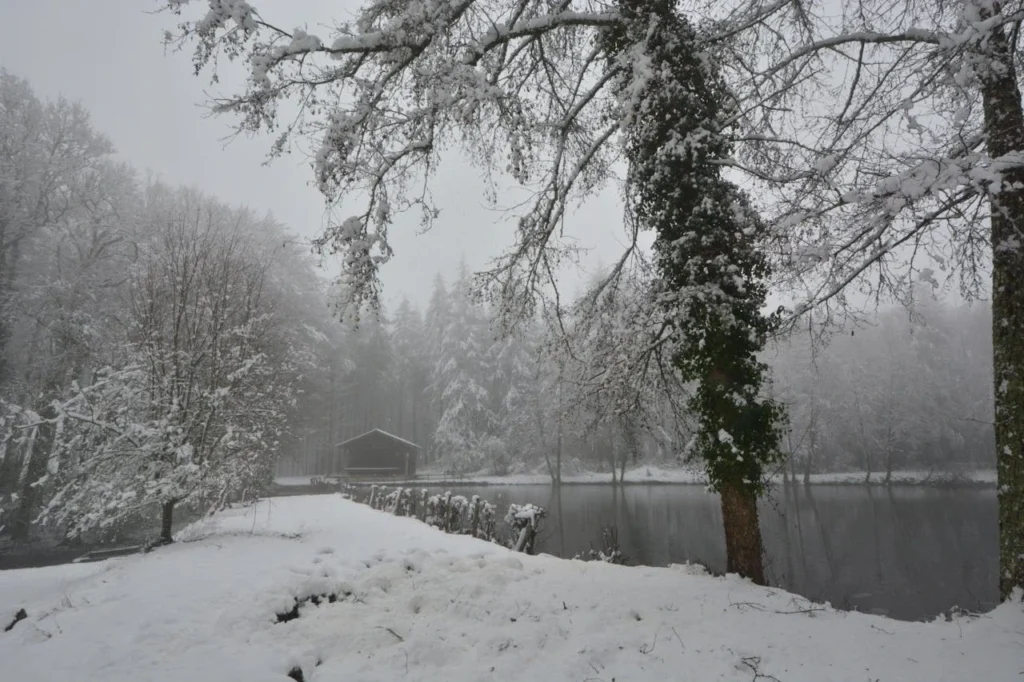
Take the Following Quiz to Find Out:
Could You Survive the Alaskan Winter or Not?
✅ Your Winter Wellness Checklist
- Take vitamin D and eat nutrient-dense foods.
- Stay active indoors or out.
- Use light therapy for energy and mood.
- Layer up and drink enough water.
- Keep a steady sleep routine and connect with others.
Winter may be cold, but it can also be peaceful, productive, and even joyful when you care for yourself in the right ways.
So this season, make your wellness a priority because when you feel strong and balanced, Alaska’s winter feels a lot more beautiful.
FAQs
1. How can I stay healthy during Alaska’s long winter?
Focus on daily movement, balanced meals, and plenty of vitamin D. Combine light therapy, hydration, and proper rest to boost energy and prevent winter fatigue.
2. Why do people in Alaska need extra vitamin D in winter?
Because of limited sunlight, your body can’t produce enough vitamin D naturally. Taking supplements or eating salmon, eggs, and fortified foods helps maintain healthy levels.
3. What are the best indoor activities for staying active in Alaska’s cold months?
Yoga, home workouts, and gym sessions keep you fit when it’s too cold outside. Dancing, stretching, or following online classes also helps lift your mood.
4. How do Alaskans cope with seasonal depression or winter blues?
Many use light therapy lamps, stay socially connected, and maintain a daily routine. Getting outside during daylight hours also helps regulate mood and energy.
5. What should I eat in winter to stay warm and healthy in Alaska?
Choose high-protein, vitamin-rich foods like salmon, reindeer sausage, and soups made from local ingredients. Warm, nutrient-dense meals help your body fight fatigue and stay strong in extreme cold.






